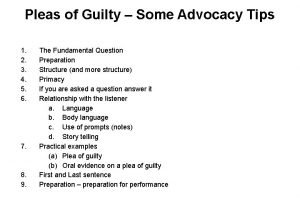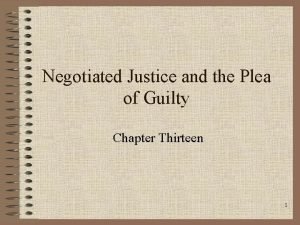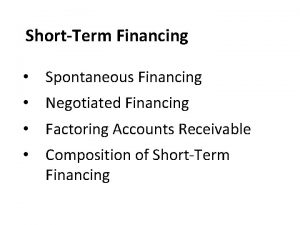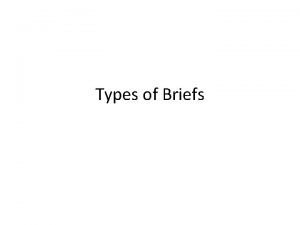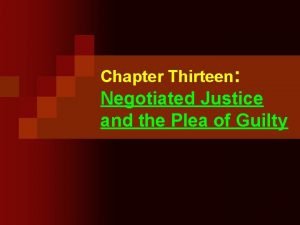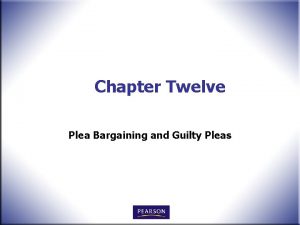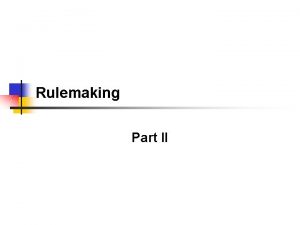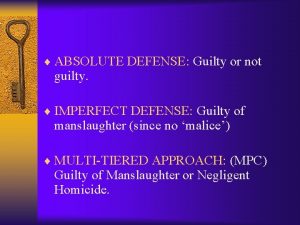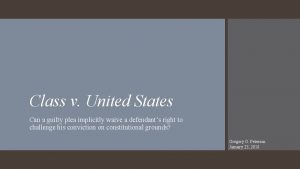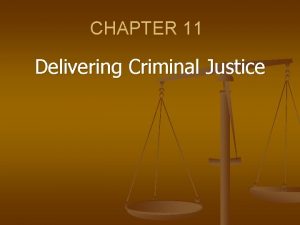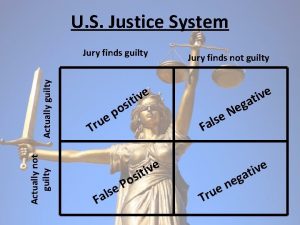Negotiated Justice and the Plea of Guilty Chapter










- Slides: 10

Negotiated Justice and the Plea of Guilty Chapter Thirteen 1

Plea Bargaining • The process through which a defendant pleads guilty to a criminal charge with the expectation of receiving some consideration from the state. 2

Types of Plea Bargaining • Charge Bargaining: – Pleading guilty to a less serious charge than the one originally charged. • Count Bargaining: – Pleading guilty to partial charges, or “counts, ” but not all. • Sentence Bargaining: – A plea in exchange for leniency in sentencing. – The defendant pleads to the original charge (plea on the nose). 3

Who is Involved in the Plea Bargaining Process? • Prosecutor – Some prosecutors deliberately overcharge to improve their bargaining position. – Plea bargaining represents the certainty of conviction without the risks of trial. • Defendant – There is a possibility of a lenient sentence. • Defense Attorney • Judge – Have very little power in the plea bargaining process. 4

Considerations • Seriousness of the offense • Criminal record • Strength of the prosecutor’s case 5

Bordenkircher v. Hayes • It is not a violation of due process for a prosecutor to threaten defendants with other criminal prosecutions so long as the prosecutor has probable cause to believe that the accused has committed the offense. 6

Plea Bargaining Promises • Santobello v. New York: When a plea rests in any significant degree on a promise or agreement of the prosecutor, so that it can be said to be a part of the inducement or consideration, such promise must be fulfilled. • Ricketts v. Adamson: Defendants must live up to their end of the plea agreement. 7

Accepting the Plea • Boykin v. Alabama: When a defendant enters a plea of guilty, the judge must determine if the plea is knowingly entered and completely voluntary. • Brady v. U. S. : When a defendant pleads guilty to avoid the death penalty, the plea is voluntary. • Alford v. North Carolina: A defendant can plead guilty and claim innocence. 8

More Plea Bargaining Case Law • Alabama v. Smith: Court may impose a harsher sentence after a guilty verdict than it originally did at the plea proceeding (after defendant successfully vacated his original guilty plea). • U. S. v. Mezzanatto: Federal prosecutors may use statements made by a defendant during plea bargaining to cross-examine the defendant at trial. • U. S. v. Ruiz: Prior to the plea of guilty, the prosecutor does not have to disclose to the defense as much evidence as before trial. 9

10

